HotSpots H2O: Water Scarcity in Palestinian Territories Puts Farming at Risk
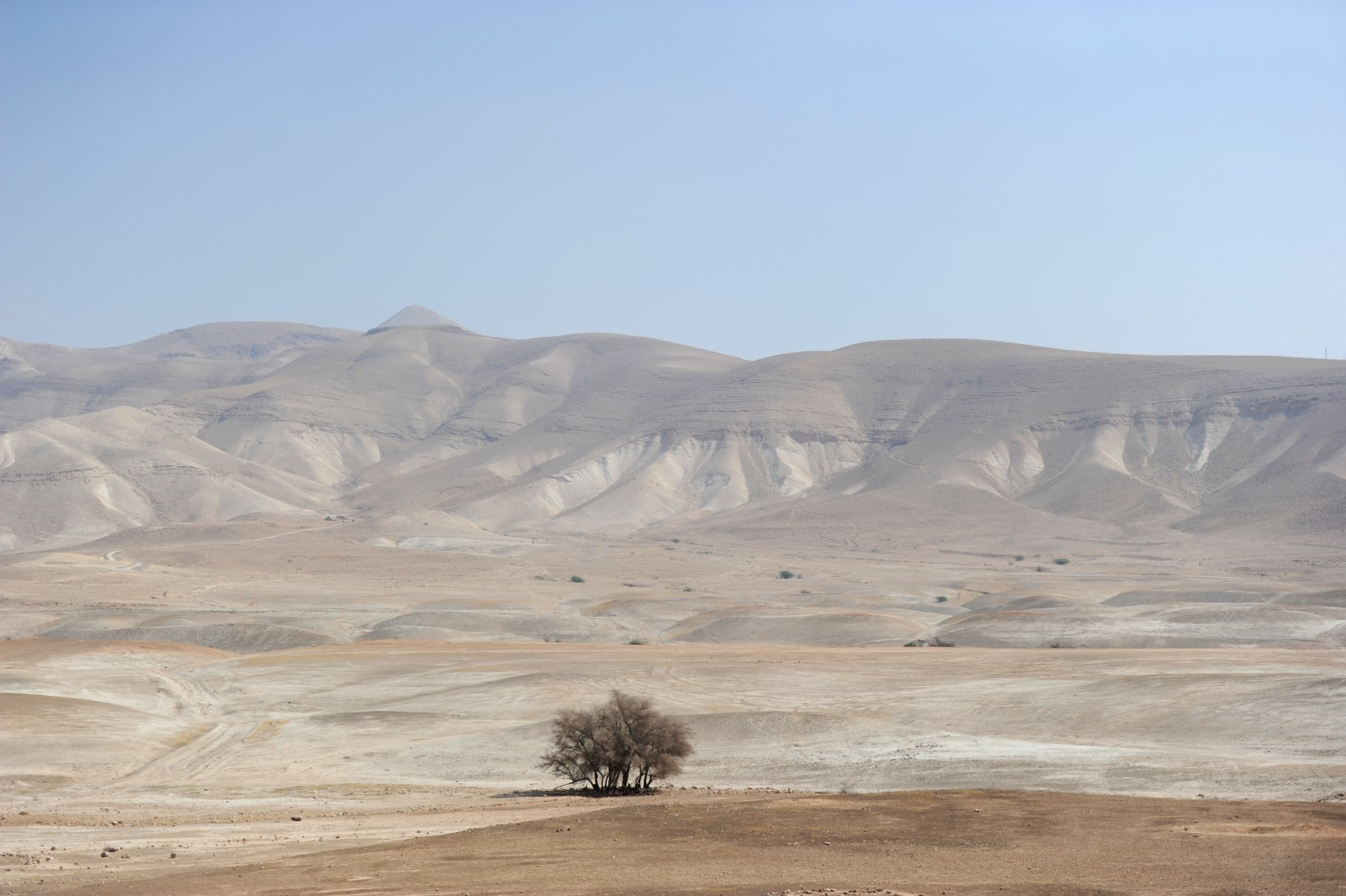
Jordan Valley and West Bank. © Wikimedia Commons
Water scarcity in occupied Palestinian territories continues to put health and agriculture at risk as conflict over water supplies between Jordan, Israel, and Palestinians flares. Palestinians depend on Israeli-controlled underground water sources and rain, according to The Jerusalem Post, and in order to solve scarcity, the Palestinian Authority says the territories need control.
Water has been an ongoing conflict between Israel and Palestine for more than fifty years. In 1967, Israeli officials outlawed the construction of Palestinian water infrastructure in key parts of the territories of Gaza and the West Bank without a permit from the Israeli army, which has become incredibly difficult to receive. This ruling limited the installation of new water wells and pumps, and the reconstruction of existing operations, according to Amnesty International. The ruling also denies Palestinians access to the Jordan River, fresh water springs, and any control of the collection of rain water.
This power imbalance has not only resulted in inadequate water supply, hygiene, and sanitation for communities in the Gaza Strip where access is near impossible. But it has meant little production for Palestinian farmers as well.
In an interview with Abdel Rahman Tamimi, the director general of the Palestinian Hydrology Group, The Jerusalem Post reported that Palestinian irrigated areas have dwindled from 27 percent on the West Bank to 3.4 percent. Tamimi predicts that within a decade there will be no more irrigated lands due to water scarcity.
“We have not cultivated all the land due to the scarcity of water,” one Palestinian farmer told The Jerusalem Post. “If we had available water, we would cultivate all the land and we would not leave a single inch empty. There isn’t enough water to farm all of the land.”
The Jordan Valley, largely controlled by Israel, is considered an arid region, with rainfall never exceeding 150 millimeters to the south. Farmers in the valley face limits to agricultural expansion, policies that destroy crops, and seizure of fertile land. Water constraints have forced Palestinian farmers on the West Bank to abandon fields or move to crops such as cucumber, zucchini, and squash that consume less water, according to Alresalah.
Due to the Oslo II Interim Agreement, signed by Israel and the PA in 1995 peace talks, Israel controls 80 percent of the productive mountain aquifer in the West Bank, leaving no more than 20 percent for Palestinian communities. This leaves many Palestinian communities without water supplies — the only option being to purchase water from Israel’s national water company Mekorot. In 2015 alone, the Palestinian Water Authority reported that the PA purchased 63.8 million cubic meters from Israel for the West Bank.
Palestinian farmers and villagers also struggle with water scarcity due to the destruction of water pipelines by the Israeli army. In 2019, water pipelines were bulldozed in the villages of Bardala and Ain Baida. Last month, the Israeli information center BTSelem reported the destruction of water piping for the Palestinian communities of Maghayir al-‘Abid and Khirbet al-Majaz.
Water talks between Israel, Jordan, and the Palestinian Authority have largely stalled in the last few years as tensions over future Israeli annexation of both the West Bank and the Jordan Valley ramp up. Since the Red Sea-Dead Sea project in 2013, which was meant to support water and peace between the three regions, water has become even more politicized, leaving any efforts in water management between the regions roped in with other political issues.
Elena Bruess writes on the intersection of environment, health, and human rights for Circle of Blue and covers international conflict and water for Circle of Blue’s HotSpots H2O.

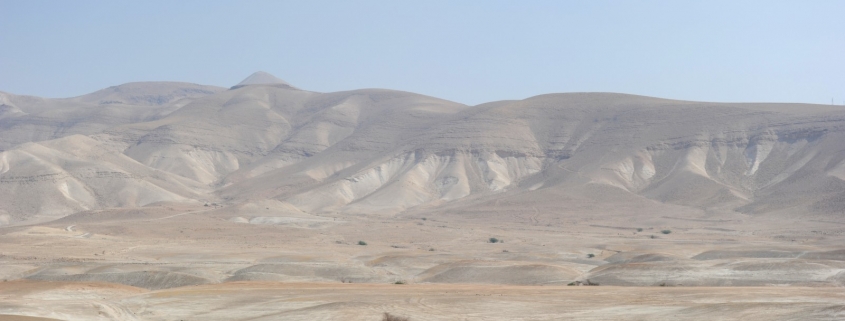

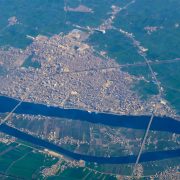
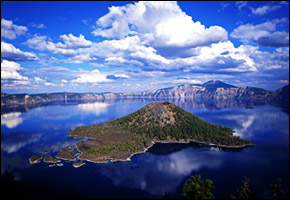
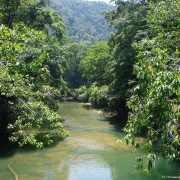
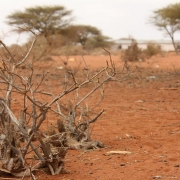
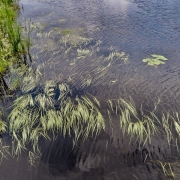



Leave a Reply
Want to join the discussion?Feel free to contribute!